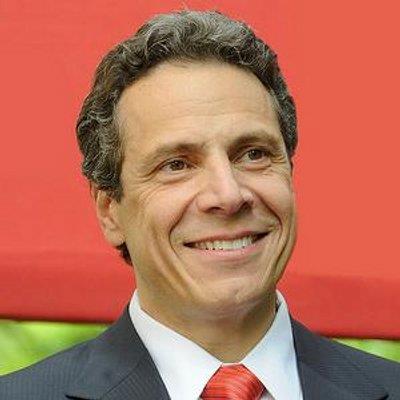
Governor Cuomo Announces Approval of 30 Smart Schools Investment Plans, Totaling $39 Million
$2 Billion Smart Schools Bond Act Supports Classroom Technology, High-Tech Security, and School and Community Connectivity
Governor Andrew M. Cuomo recently announced 30 Smart Schools Investment
Plans totaling $39 million have been approved as part of the $2 billion
Smart Schools Bond Act – a sweeping initiative aimed at reimagining
teaching and learning for the 21st century. The Act, first proposed by
the Governor and overwhelmingly approved by voters in 2014, supports investments
in education technology that will equip students with the skills they
need to thrive and succeed in the global economy. Together, these investments
will help close the "digital divide" and increase access to
technology and high-speed broadband in hundreds of schools across New York.
"Through the Smart Schools Bond Act, we are ensuring that all New
York students have access to high-speed internet and new technology, regardless
of their zip code,"
Governor Cuomo said. "The tools and resources schools will be able to attain with this
funding will help equip the next generation of New Yorkers to lead this
state into the future."
The Smart Schools Review Board met today for the third time and approved
investment plans submitted by school districts. The Board is comprised
of the Director of the Budget, the Chancellor of the State University
of New York, and the Commissioner of the State Education Department.
The 30 plans approved today total $39 million and will fund several new
projects, including $9.3 million for classroom technology purchases, $21.4
million for school connectivity projects and $7.9 million for high-tech
security projects. This includes the approval of the first Special Education
Smart Schools Investment plan, supporting $32,000 in classroom technology.
A summary of these 30 plans is available
here.
In 2014, Governor Cuomo called for New York State to invest $2 billion
in its schools through a Smart Schools Bond Act – an initiative
that would finance educational technology and infrastructure, providing
students access to the latest technology and connectivity needed to succeed
and compete in the 21st century economy. New Yorker’s agreed and
voted in the Smart Schools Bond Act (SSBA) that November.
Following the proposal of the Bond Act, Governor Cuomo established the
Smart Schools Commission to gather information on strategies for how schools
can most effectively invest the bond funds. This advisory commission produced a
final report recommending a focus on expanding robust broadband and wireless connectivity
and utilizing transformative technologies. The plans approved today by
the Smart Schools Review Board reflect many of the best practices identified
by the Commission.
State Budget Director Robert F. Mujica said, "Technology offers schools the ability to break down barriers –
between classrooms and homes, teachers and parents, and between school
districts across the State. The plans approved today will help prepare
students to participate in tomorrow’s economy."
State Education Department Commissioner MaryEllen Elia said, "Today’s announcement of the next round of Smart Schools funding
is another important step toward making sure schools across New York state
have the technology tools and strong infrastructure they need to educate our 21st century learners. These funds are being used in districts right now to
make sure that our students have what they need to prepare for their futures."
SUNY Chancellor Nancy L. Zimpher said, "Our ongoing investment in Smart Schools equips our schools with
the resources and tools needed to educate our students. The financial
support provided today will boost our students’ abilities to succeed
in the classroom, in their future careers, and in life. Congratulations
to all of the schools and programs that will benefit from these awards."
With the Smart Schools Act, school districts are investing in technology
such as computer servers, interactive whiteboards, tablets, desktop and
laptop computers, and high-speed broadband and wireless connectivity.
This technology helps students to learn at their own pace, expands access
to advanced courses and interactive curriculum, and enhances communication
between parents and teachers. Smart schools funds will also facilitate
necessary investments in pre-kindergarten classrooms, removal of classroom
trailers and high-tech school security.
